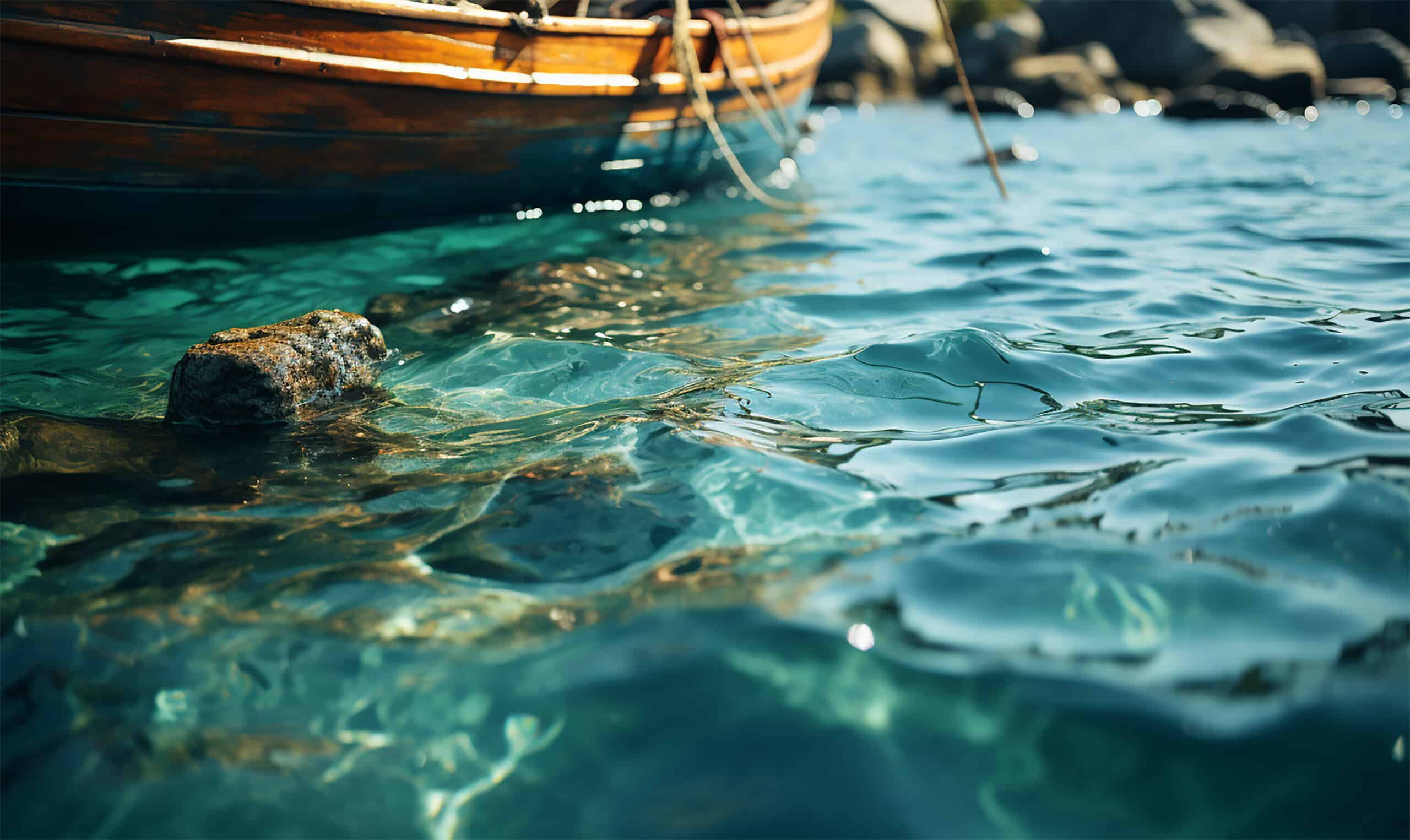How to Locate the Thermocline without a Fishfinder
Key Takeaways
- Water clarity is a primary indicator of the thermocline, with clearer water above and murkier water below.
- Refraction or an “oil-like” appearance on the water’s surface can indicate the presence of the thermocline.
- Monitoring temperature changes and observing fish behavior can also help locate the thermocline.
When it comes to fishing, understanding the underwater environment is crucial for a successful catch. One important factor to consider is the thermocline, which is the layer of water where temperature changes rapidly. It can play a significant role in fish behavior and determine the depth at which they are most active.
While fishfinders are commonly used to locate the thermocline, there are situations where you may not have access to such electronic devices. In this article, we will explore alternative methods to identify the thermocline without relying on a fishfinder. By observing certain signs and factors, you can still locate this important layer and increase your chances of a productive fishing expedition.
1. Water Clarity
One of the primary indicators of the thermocline is water clarity. In clear waters, the thermocline is often more visible due to the distinct temperature change. When the thermocline is present, the water above it tends to be clearer than the water below.
By observing the clarity of the water, you can get a general idea of where the thermocline might be located. If the water suddenly becomes murkier or cloudier at a certain depth, it could be an indication that you have reached the thermocline.
2. Refraction and “Oil-like” Appearance
Another way to identify the thermocline without a fishfinder is by looking for refraction or an “oil-like” appearance in the water. The thermocline can cause light to refract differently, resulting in a shimmering or wavy effect on the surface.
If you notice the water surface appearing distorted or exhibiting an oily sheen, it could be a sign that you are near the thermocline. This visual cue can be especially helpful when fishing in calm conditions where the water’s surface is undisturbed.
3. Temperature Changes
While it may not be as precise as using a fishfinder, monitoring temperature changes can also give you an idea of the thermocline’s location. By using a thermometer or temperature gauge, you can measure the water temperature at different depths.
As you descend into the water column, you may notice a sudden drop in temperature at a specific depth. This significant temperature change is often an indication that you have reached the thermocline.
4. Observing Fish Behavior
Although it requires a keen eye and experience, observing fish behavior can provide valuable insights into the presence of the thermocline. Fish tend to congregate around the thermocline because it offers the ideal temperature and oxygen levels for their survival.
If you notice a concentration of fish at a particular depth or observe them swimming in a specific pattern, it could be a strong indicator of the thermocline’s location. Keep in mind that fish behavior can vary depending on the species and environmental factors, so it’s essential to familiarize yourself with the behavior of the fish you are targeting.
Conclusion
Locating the thermocline without a fishfinder may require a bit more observation and intuition, but it is possible with the right techniques. By paying attention to water clarity, looking for refraction or an “oil-like” appearance, monitoring temperature changes, and observing fish behavior, you can increase your chances of finding the thermocline and targeting fish more effectively.
Remember, practice and experience are key to becoming proficient in locating the thermocline without relying on electronic devices. By honing your skills and paying attention to the signs nature provides, you’ll become a more versatile angler.
Related Websites:
FAQs:
Q: What is a thermocline?
A thermocline is a distinct layer in a body of water where the temperature changes rapidly with depth. It is important in fishing because it affects fish behavior and their distribution.
Q: How are thermoclines formed?
Thermoclines are formed when there is a significant temperature difference between the surface water and the deeper layers. This temperature stratification occurs due to factors like sunlight, wind, and water depth.
Q: How can I locate a thermocline without using a fishfinder?
You can use observational techniques by observing the water’s surface for ripples or color changes that indicate a thermocline. Conducting a buoyancy test with a weighted object can also help determine the depth of the thermocline. Additionally, observing fish behavior and consulting local knowledge and research can provide valuable insights.
Q: Why is observing fish behavior important in locating thermoclines?
Fish tend to concentrate near thermoclines, so observing their behavior can provide valuable indicators. Pay attention to their feeding patterns, schooling behavior, and any noticeable changes in their activity as they can indicate the presence of a thermocline.
Q: How can local knowledge and research help in locating thermoclines?
Local knowledge and research are essential in understanding specific fishing locations. Consult fishing guides, books, articles, or join fishing forums to gather insights from experienced anglers. Their expertise can provide valuable information on thermoclines and enhance your fishing experience.






